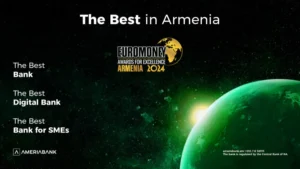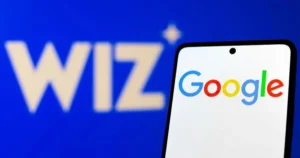YouTube says hundreds of thousands of creators are now earning a paycheck from posting short-form videos on the platform, as it ramps up its race to compete with rivals like TikTok and Instagram. It hasn’t been cheap: the Google-owned platform is shelling out tens of thousands of dollars to some of its top Shorts creators — like beauty influencer Sydney Morgan — every month.
YouTube began offering creators a share of ad revenue for Shorts last year as its TikTok copycat feature struggled to stand out in the fiercely competitive landscape of online short-form video. Now, more than a quarter of the more than 3 million creators in its YouTube Partner Program are earning money on Shorts, often in addition to traditional long-form videos, the company announced in a blog post Thursday.

YouTube says the fresh data to its ability to incentivize existing creators to try out a new format — and to attract new users. The Google-owned platform is banking on its deep pockets and long history of partnering with creators in its effort to continue growing Shorts.
For YouTube, long the dominant force in online video, growing Shorts is crucial to staying relevant and maintaining its business in the face of TikTok’s popularity, as well as growing competition from Instagram, Snapchat, X and others. It still has room to grow: YouTube said Thursday that Shorts now has 70 billion average daily views, whereas Meta said last year that its short-form videos, Reels, had reached 200 billion average daily plays across Facebook and Instagram.
Meta said in July that Reels was set to bring in $10 billion in annual advertising revenue. (YouTube, which notched more than $31 billion in total ad revenue from across the platform last year, declined to share specific sales numbers for Shorts.)
Morgan, the beauty creator, started posting content on Instagram and then on YouTube during the pandemic, having grown up learning makeup tricks from YouTubers who came before her.
Although she started posting in 2020, Morgan said her YouTube audience really took off after the platform rolled out Shorts the following year. On the day of the feature’s launch, she posted a Short showing emoji-inspired makeup looks that racked up a “crazy” 30 million views.
“The nature of short-form content is that it can be consumed so quickly, and it’s the best format to cast a wide net and pull in new viewers,” Morgan told CNN. “I use Shorts as a supplement to reach new audiences and funnel them into my long-form now.”
Shorts is now Morgan’s primary income source, too, amounting to around $20,000 each month, two-thirds of her total earnings from YouTube, she said.
“I make more from just YouTube Shorts (revenue) sharing in a month than I can make on other comparable platforms in a year,” she said.







